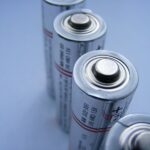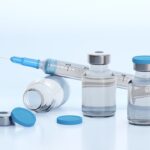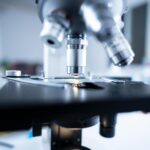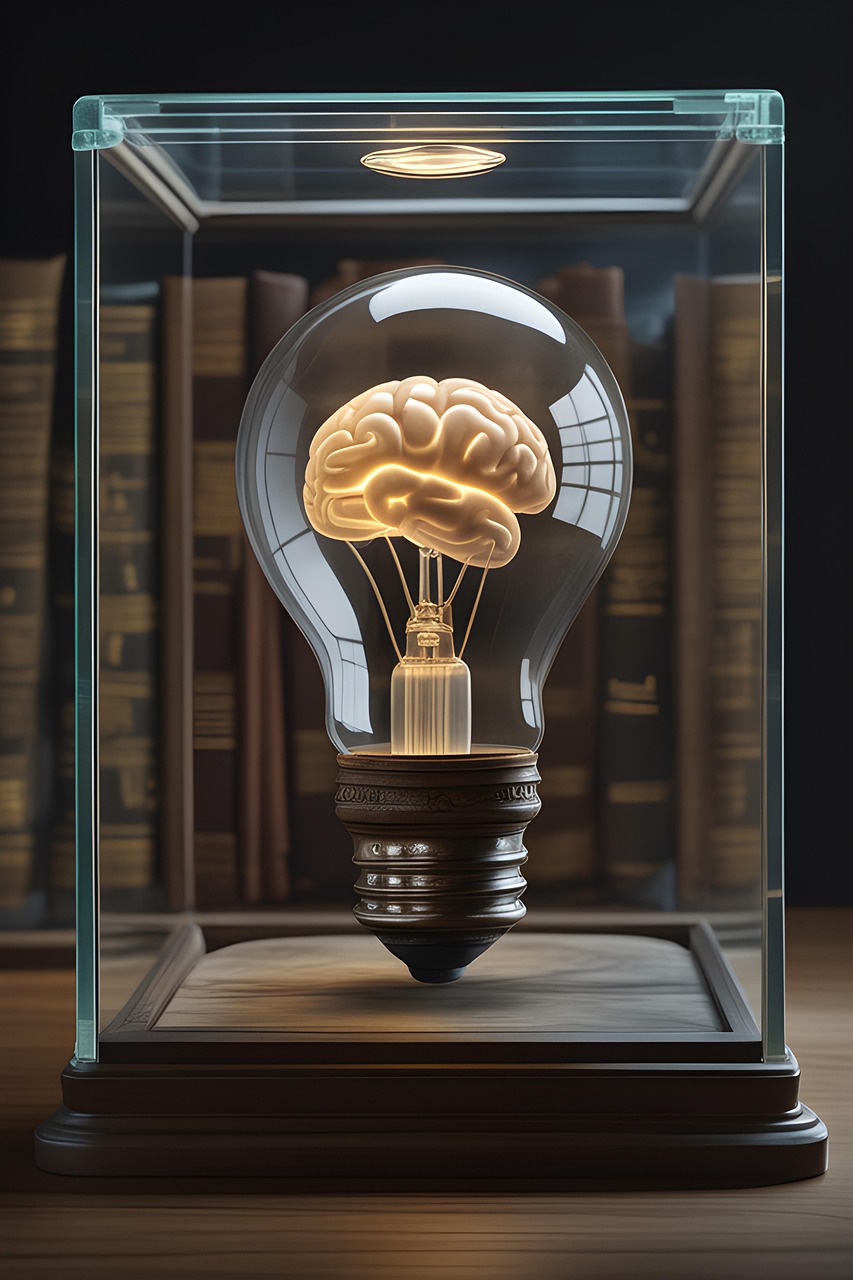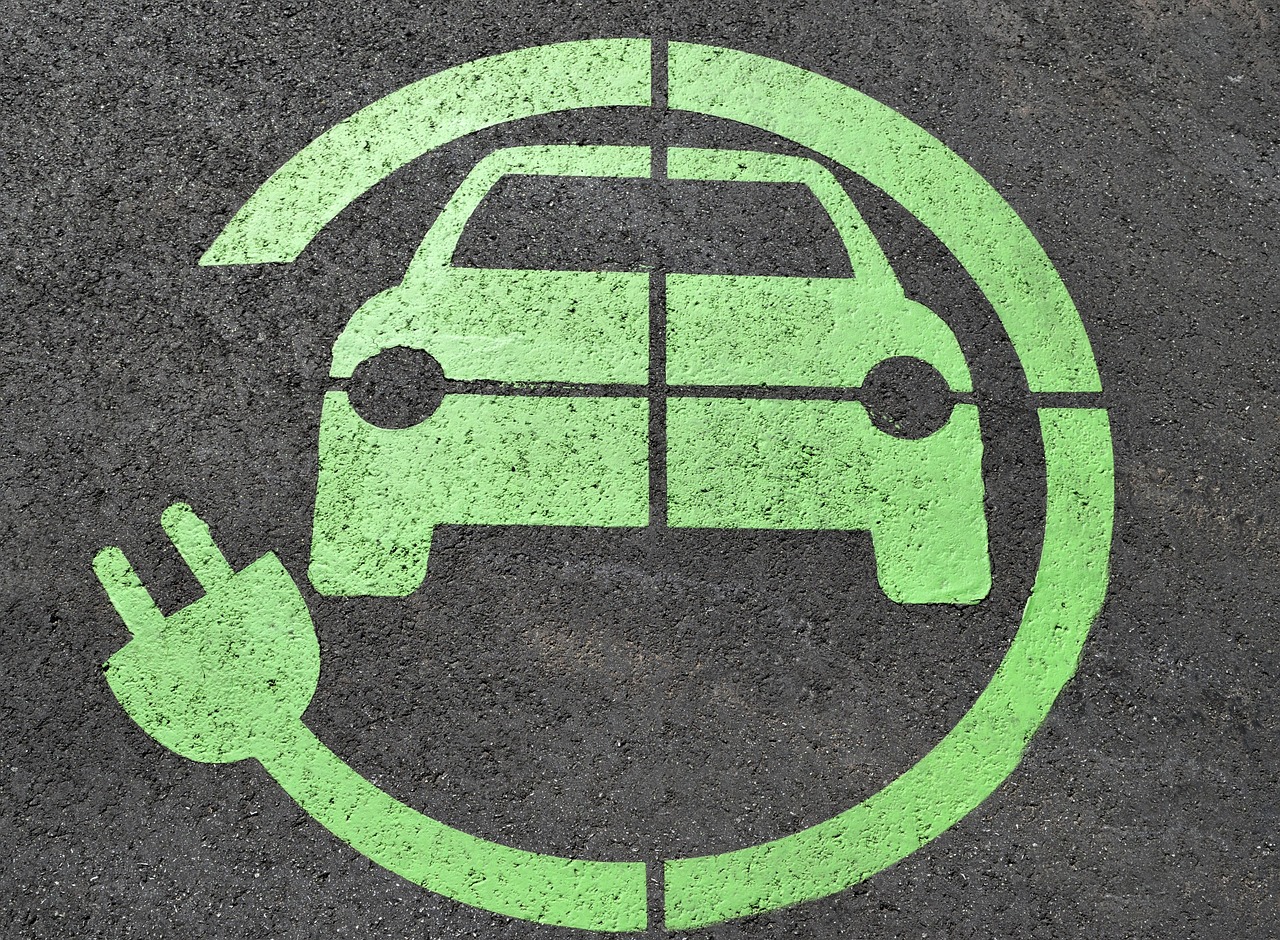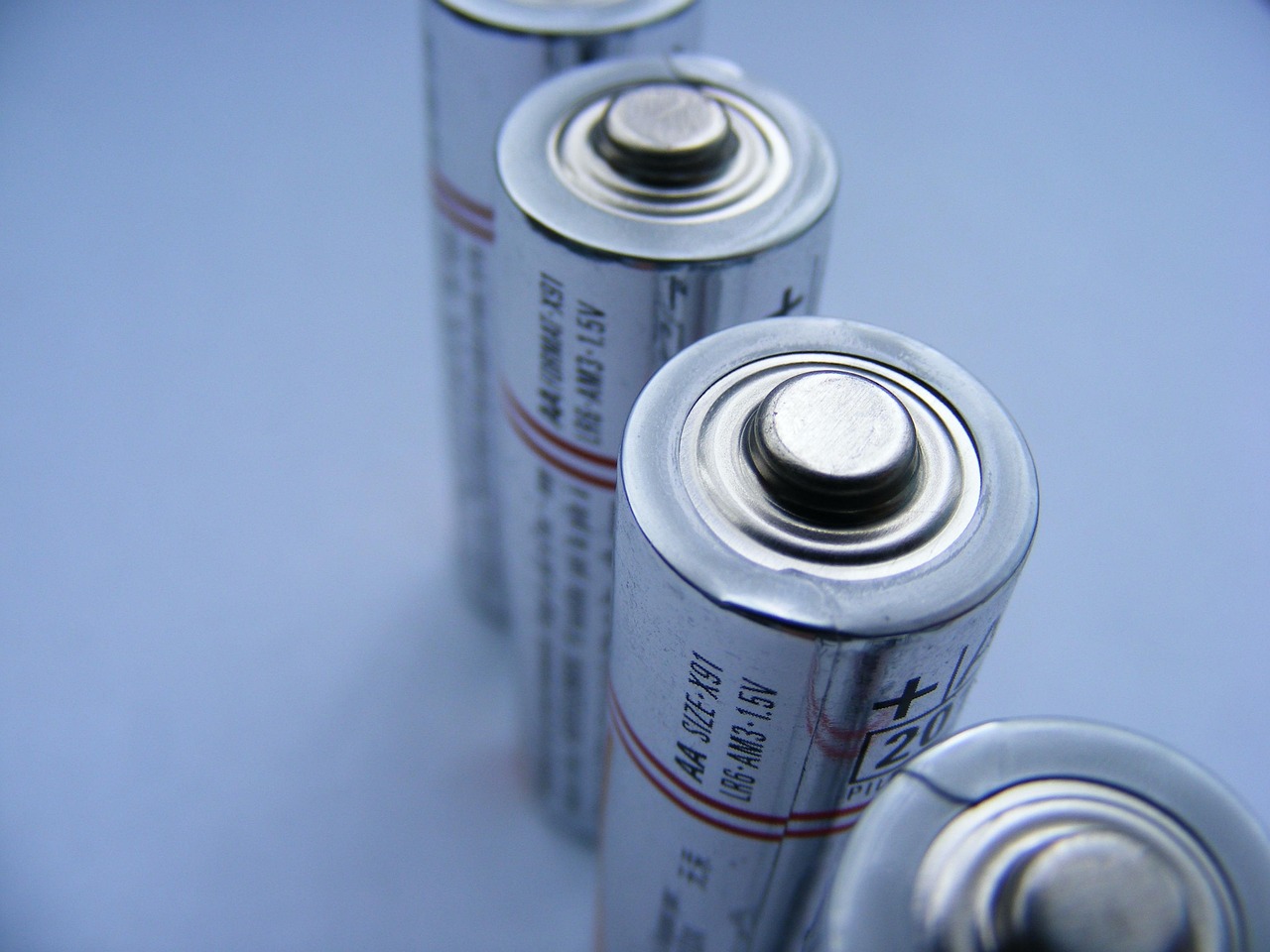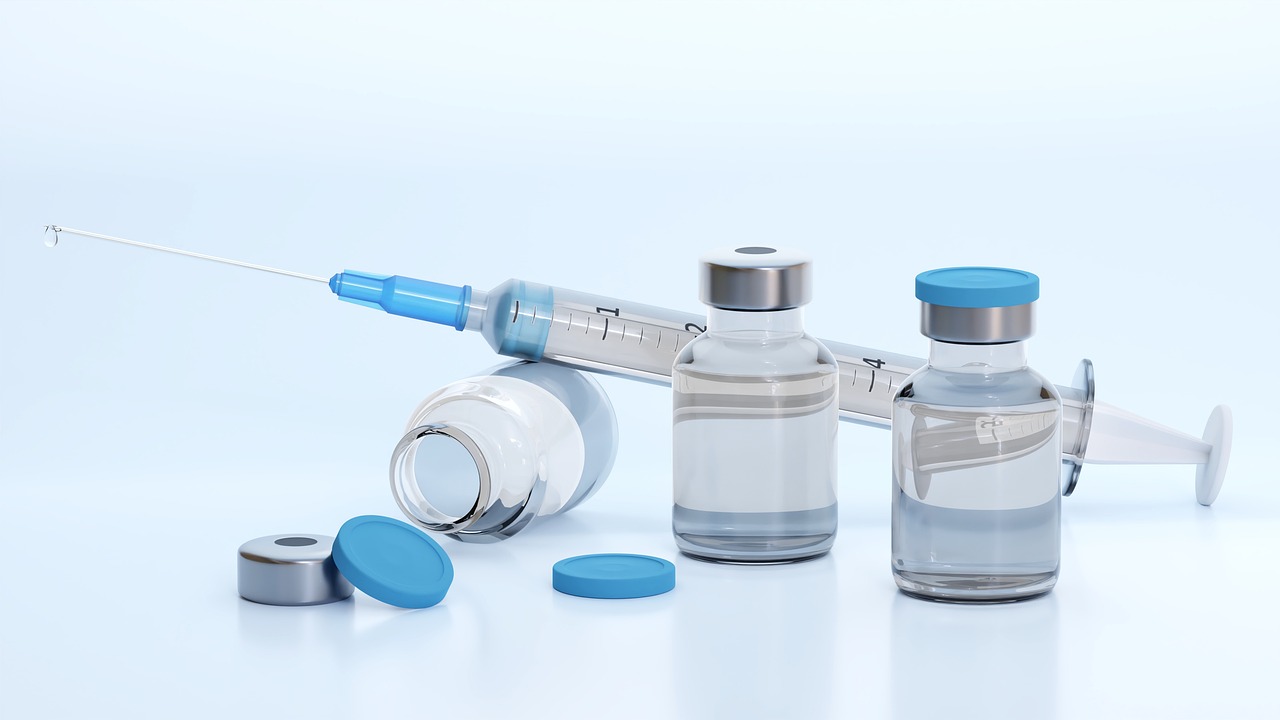Separation techniques are fundamental to chemistry, industry, environmental science, and many everyday processes. Two of the most commonly employed methods are distillation and filtration. Though both are designed to separate components from mixtures, they operate on fundamentally different principles, serve different purposes, and are applied in distinct scenarios.
This article explores the differences between distillation and filtration in detail. It covers their underlying mechanisms, types of mixtures they separate, equipment involved, energy requirements, and practical applications. Whether you are a student, a professional, or simply curious, this comprehensive guide will help clarify these essential concepts.
Introduction to Separation Techniques
Before delving into the specifics of distillation and filtration, it is important to understand the general idea behind separation techniques. Many natural and synthetic substances exist as mixtures, containing two or more components physically combined. These components often need to be separated to:
Purify substances
Remove impurities
Isolate specific compounds for analysis or use
The choice of separation method depends on the physical and chemical properties of the mixture and its components. Distillation and filtration are two classic methods that rely on different properties and principles.
What is Distillation?
Distillation is a process that separates components of a liquid mixture based on differences in their boiling points.
How Does Distillation Work?
When a mixture is heated, the component with the lowest boiling point evaporates first, turning from liquid to vapor. This vapor is then captured and cooled in a condenser, where it returns to the liquid state (condensation) and is collected separately. This cycle can be repeated to enhance purity, as the less volatile components remain behind.
Types of Distillation
Simple distillation: Used when components have a large difference in boiling points.
Fractional distillation: Used when boiling points are close, involving multiple vaporization-condensation cycles.
Steam distillation: Utilized to distill heat-sensitive materials by using steam.
Vacuum distillation: Performed under reduced pressure to lower boiling points and avoid decomposition.
Applications of Distillation
Purifying water by removing salts and impurities.
Producing alcoholic beverages by separating ethanol from fermented mixtures.
Separating petroleum into fractions like gasoline, kerosene, and diesel.
Manufacturing essential oils from plant materials.
What is Filtration?
Filtration is a mechanical or physical process that separates solid particles from liquids or gases by passing the mixture through a porous material or filter medium.
How Does Filtration Work?
The mixture is poured through a filter, such as filter paper or a membrane, which allows the liquid or gas to pass through while trapping solid particles on or within the filter. Filtration is typically used for heterogeneous mixtures, where the components are in different phases (solid and liquid).
Types of Filtration
Gravity filtration: Utilizes gravity to pull the liquid through the filter.
Vacuum filtration: Uses suction to speed up the process.
Membrane filtration: Employs semi-permeable membranes to filter at a molecular or particulate level.
Applications of Filtration
Removing impurities such as sand or dirt from water.
Filtering coffee grounds from brewed coffee.
Separating precipitates from reaction mixtures in laboratories.
Industrial uses like air purification and wastewater treatment.
Key Differences Between Distillation and Filtration
To understand how distillation and filtration differ, let’s examine the key characteristics and factors:
1. Principle of Separation
Distillation relies on differences in boiling points of liquids in a mixture. It involves phase changes from liquid to vapor and back.
Filtration depends on particle size and physical state differences, trapping solids while allowing liquids or gases to pass.
2. Type of Mixture Separated
Distillation is mainly used for homogeneous mixtures, where the components are uniformly distributed at the molecular level, such as solutions.
Filtration is suited for heterogeneous mixtures, where distinct phases exist, like solids suspended in liquids.
3. Process and Equipment
Distillation involves heating the mixture in a flask, vaporizing the component(s) with lower boiling points, condensing the vapor using a condenser, and collecting the purified liquid.
Filtration involves pouring the mixture through a filter medium (like filter paper, cloth, or membranes) to separate solids from liquids or gases.
4. Energy Requirement
Distillation is energy-intensive because it requires heating the mixture to the boiling point and then cooling the vapor.
Filtration typically requires minimal energy, often relying on gravity or mild vacuum pressure.
5. Physical States Involved
Distillation primarily separates liquids from liquids or removes dissolved substances.
Filtration separates solids from liquids or gases.
6. Typical Examples
| Distillation | Filtration |
|---|---|
| Purifying seawater to get fresh water | Removing sand from muddy water |
| Separating ethanol from water in liquor | Filtering coffee grounds from brewed coffee |
| Refining crude oil into gasoline | Laboratory filtration of precipitates |
Why Choose One Over the Other?
The choice between distillation and filtration depends on the nature of the mixture and the desired outcome.
If the goal is to separate liquids with different boiling points or remove dissolved substances, distillation is the method of choice.
If the goal is to remove insoluble solids suspended in a liquid or gas, filtration is more suitable.
For instance, if you want to clean salty seawater, distillation evaporates the water leaving salt behind, producing fresh water. But if you want to remove visible dirt particles from water, filtration will do the job more efficiently and with less energy.
Practical Considerations
Speed and Convenience
Filtration is generally faster and easier to perform. It requires less equipment and energy.
Distillation can be time-consuming and requires specialized apparatus and careful control of temperature.
Cost Implications
Filtration is often cheaper due to lower energy and equipment costs.
Distillation may incur higher operational expenses but produces highly purified substances.
Combining Both Techniques
In some cases, both techniques are used sequentially to achieve higher purity or specific separation goals. For example:
In water treatment plants, filtration removes suspended solids first, then distillation or other processes (like reverse osmosis) purify the water further.
In chemical labs, filtration removes solid impurities before the liquid solution is distilled to isolate a pure compound.
Conclusion
Both distillation and filtration are essential and widely used separation techniques with distinct principles and applications. Understanding their differences helps select the appropriate method for a given mixture and desired purity.
Distillation separates components based on boiling points and is ideal for liquid-liquid separations or removing dissolved substances.
Filtration separates solid particles from liquids or gases based on particle size and is ideal for heterogeneous mixtures.
Choosing the right method not only improves efficiency but also reduces costs and energy consumption. Whether in industrial production, laboratory analysis, or everyday life, mastering the differences between distillation and filtration empowers better decision-making for effective separation.


